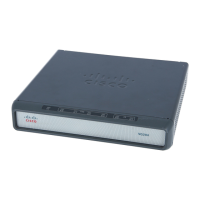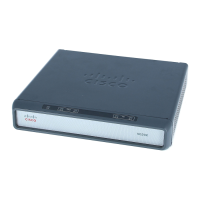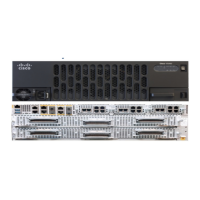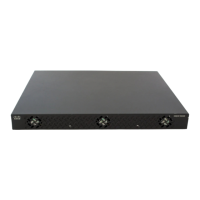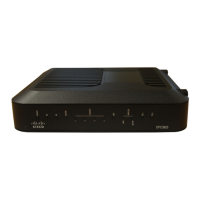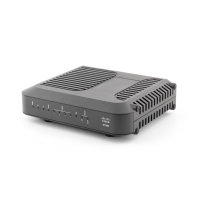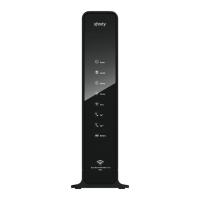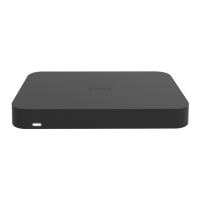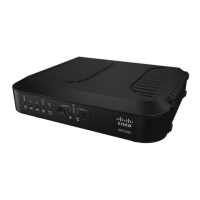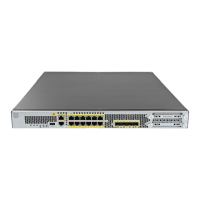Intelligent Services Gateway Features Roadmap
6
Cisco IOS XE
Release 2.2
ISG:Session: Creation:
IP Session: Protocol
Event (DHCP)
Most ISG sessions are created upon detection of a data
flow that cannot be affiliated with an already active
session. An ISG can be configured to create an IP
session upon receipt of the first DHCP DISCOVER
packet received from a subscriber.
Configuring ISG Access
for IP Subscriber
Sessions
Cisco IOS XE
Release 2.2
ISG:Session: Creation:
IP Session: Subnet and
Source IP: L2
The ISG session is the primary component used for
associating services and policies across specific data
flows. An IP subnet session is an ISG session that
includes any IP traffic from a single IP subnet. A
source-IP-based session includes traffic from a single
source IP address.
Configuring ISG Access
for IP Subscriber
Sessions
Cisco IOS XE
Release 2.2
ISG: Session: Creation:
IP Session: Subnet and
Source IP: L3
The ISG session is the primary component used for
associating services and policies across specific data
flows. An IP subnet session is an ISG session that
includes any IP traffic from a single IP subnet. A
source-IP-based session includes traffic from a single
source IP address.
Configuring ISG Access
for IP Subscriber
Sessions
Cisco IOS XE
Release 2.2
ISG:Session: Creation:
P2P Session (PPPoE,
PPPoXoX)
The ISG session is the primary context to which
services and policies are associated across specific data
flows. Point-to-point (P2P) sessions are established
through a signaling protocol. ISG handles many
variants of P2P encapsulation, such as PPP, PPPoE, and
PPPoA.
Configuring ISG Access
for PPP Sessions
Cisco IOS XE
Release 2.2
ISG:Session: Lifecycle:
Idle Timeout
The ISG idle timeout controls how long a connection
can be idle before it is terminated.
Configuring ISG
Policies for
Session Maintenance
Cisco IOS XE
Release 2.2
ISG:Session: Lifecycle:
Packet of Disconnect
(POD)
An ISG can be configured to interact with external
policy servers. A policy server can use RADIUS Packet
of Disconnect (POD) to manage the life cycle of any
ISG session. The primary role of the POD message is to
terminate an ISG session.
Configuring ISG
Policies for
Session Maintenance
Cisco IOS XE
Release 2.2
ISG:Session: VRF
Transfer
The ISG session is the primary component used for
associating services and policies with specific data
flows. ISG sessions are associated with virtual routing
and forwarding instances when routing is required for
the network service. ISG VRF transfer provides a
means to dynamically switch an active session between
virtual routing domains.
Configuring ISG Access
for IP Subscriber
Sessions
Cisco IOS XE
Release 2.2
ISG:Session Protection
and Resiliency:
Keepalive—ARP, ICMP
This feature allows IP subscriber session health to be
monitored by configuring keepalive messages using
ARP or ICMP, depending upon the type of connection
to be monitored.
Configuring ISG
Policies for
Session Maintenance
Cisco IOS XE
Release 2.2
Service Gateway
Interface
The SGI implements a web services interface to access
the policy, subscriber, and session management
functionality of ISG.
Service Gateway
Interface
Table 1 Supported ISG Features in Cisco IOS XE Release 2
Release Feature Name Feature Description Where Documented

